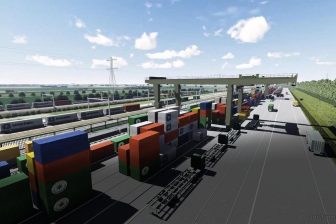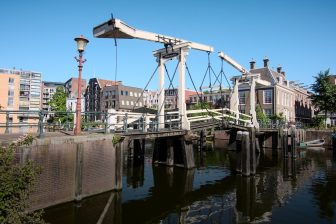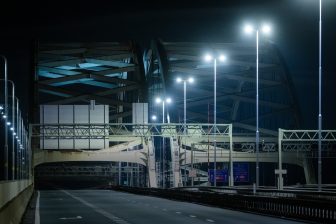All EU freight lines open to competition
IP/06/1883
Total opening-up of rail freight to competition on 1 January 2007: towards a rail industry that is on the offensive
Jacques Barrot, the European Commission Vice-President with special responsibility for transport said that "competition among freight operators will make it possible to stimulate the sector and contribute to the achievement of an integrated European rail area. I would like the railways, a safe and environmentally friendly mode of transport, to play a major role in the European logistical chain."
As of 1 January, all freight lines will be opened up to competition. At present, in the Member States which have followed the Community timetable, only international freight services, which represent approximately half of the total market for the transport of goods by rail in Europe, are liberalised Thanks to this new stage in the process, the Community hopes that rail freight will attract new investors and new customers by offering a quality service adapted to the needs of the market and that, overall, the railways will steadily increase their market shares in a lasting way.
The share of the carriage of goods by road grew steadily from 1970 to 2003, to the detriment of the railways. As a result, from 20% in 1970, the market share of the railways in the 15 Member States fell to less than 8% in 2003, and the sector shed one million jobs over the same period. However, rail freight, which has the advantages of being safe and environmentally friendly, remains essential to the proper functioning of the European economy. It should occupy an important place within the logistical system of the Union.
To reverse the decline in rail freight, the European Union has initiated a policy based in particular on support for investment in rail infrastructure accompanied by a policy aimed at the gradual opening-up of the rail freight market and the development of interoperability. The objective is twofold: to promote rail freight and create an integrated European rail area.
The trend was reversed in 2003, when the volume of goods transported by rail in the Europe of 25 began to increase. But this recovery remains very fragile, too limited and unbalanced between Member States, and the modal share of rail freight is still falling. The total opening-up of the rail freight market in all the States of the Union should give a new impetus to the railways and provide a stimulus for the players in the sector.
U las zojuist één van de gratis premium artikelen
Onbeperkt lezen? Profiteer nu van de introductieaanbieding voor € 10,- per maand.
Bent u al abonnee?



